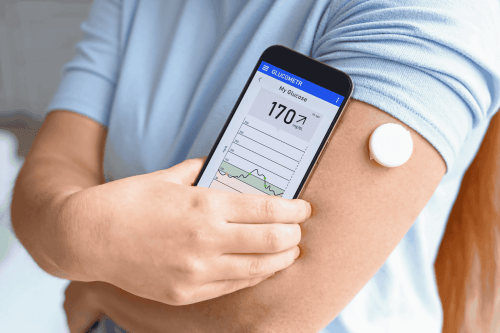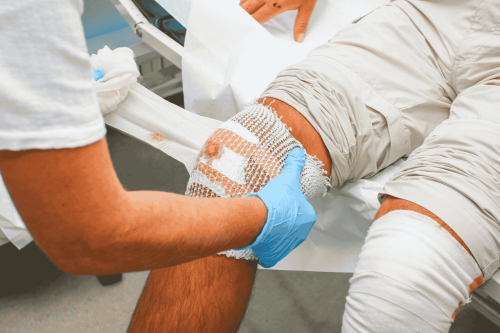The Center for Disease Control has recently changed their universal COVID-19 masking protocol in hospitals and other facilities. Now, unless healthcare providers work in areas with high COVID-19 levels or have other specific circumstances, they do not need to wear masks at work.
This change is a result of increased vaccination rates and decreased infection of COVID-19 rates within the United States. Further, healthcare facilities have greater access to intervention and treatment methods. The CDC gives the power to the individual hospitals or healthcare networks to make their own decisions regarding infection control policies. Therefore, it is up to the hospital’s discretion to implement universal mask measures or not.
Other Guideline Changes Besides Masking
Healthcare personnel should be aware that the CDC also updated several other recommendations relating to infection control procedures. First, vaccination status is no longer a determinant in masking and exposure practices. Next, the hospital can make their own decisions regarding COVID-19 testing for asymptomatic or non-exposure employees. Additionally, asymptomatic patients no longer need to follow isolation procedures when they come into contact with someone infected with COVID-19. Healthcare facilities now have greater freedom to determine which infection control policies should be implemented for them specifically.
Instead of focusing on individual metrics like exposure and vaccination rates, the CDC now states that community transmission is a much larger factor in determining healthcare practices. Therefore, when community levels of COVID-19 are high, it is recommended for healthcare workers and patients to follow universal masking procedures.
Community Transmission and Masking
CDC data tracking tools currently categorize 70% of the United States as having high community transmission. Healthcare workers do not have to wear masks in areas that do not contain patients even if they are working in a high transmission area, as long as they meet certain conditions. These conditions include not having a COVID-19 or other respiratory infection, not being in close contact with patients or visitors, not working in a facility with a COVID-19 outbreak, and not having received masking recommendations from public health officials.
If there is an outbreak of COVID-19 in a hospital, universal masking must be followed until no new cases are identified for 14 days. In areas with high levels of community transmission, it is recommended that healthcare personnel and the general public continue to wear masks indoors. This is because high levels of COVID-19 transmission can put great strain on the healthcare system and its employees.
Get Certified
American Medical Compliance (AMC) is a leader in the industry for compliance, Billing, and HR solutions. Learn more about controlling exposure to COVID-19 in the workplace by taking AMC’s “Infection Control Training for Healthcare Providers” today. Visit www.americanmedicalcompliance.com for more information.
References
MedPage Today (2022, September 27). CDC Scuttles Universal Mask Recommendations for Healthcare Facilities. Retrieved from: https://www.medpagetoday.com/infectiousdisease/covid19/100941



